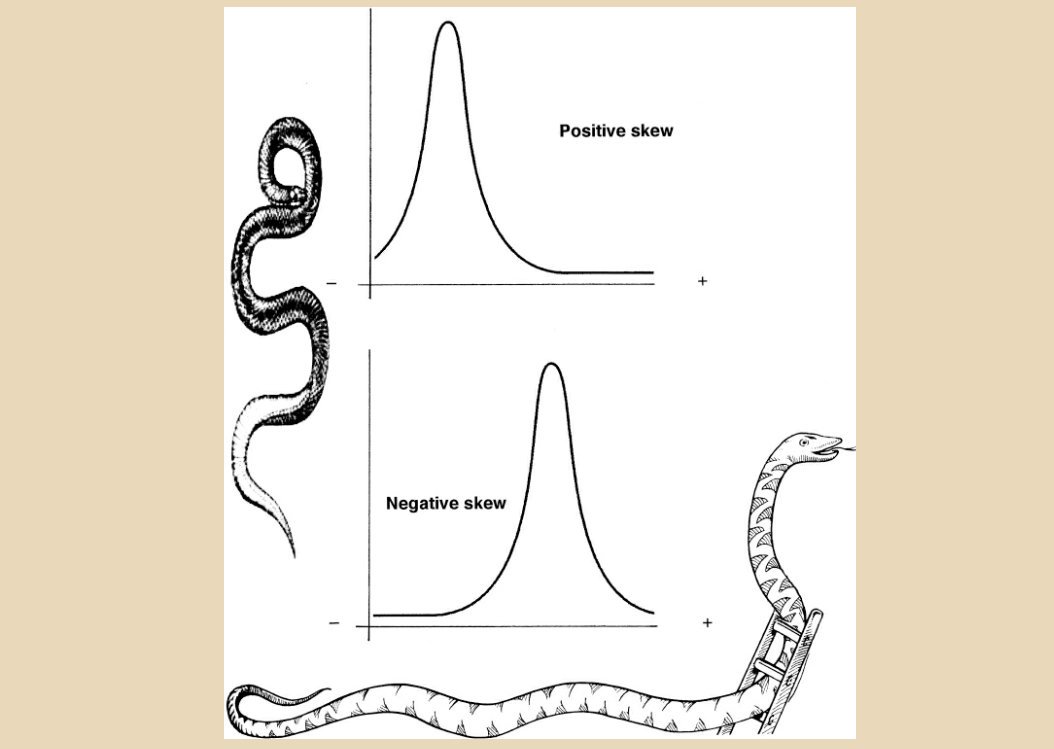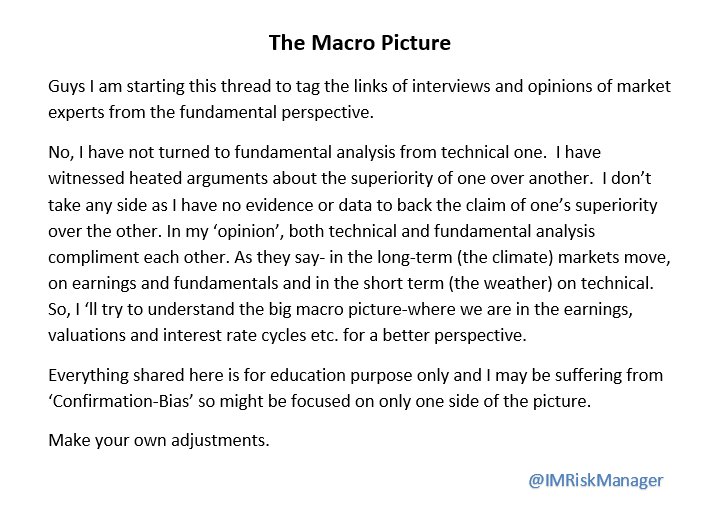1. Subjective
2. Games of chance
3. Mathematical
4. Relative frequency
5. Bayesian
2. Poisson distribution
3. Normal distribution
4. Chi-square distribution
5. t distribution
6. F distribution
To a statistician it is a theoretical construct used to express what might be true of the relation between data that one collects and the probability of those values occurring by chance.
the arithmetical mean,
the median and
the mode.
Pearson introduced the standard deviation in his Gresham lecture of 31 January 1893, referring to it initially as the “standard divergence”. John Venn had used the term “divergence” a couple of years earlier when referring to deviation.









